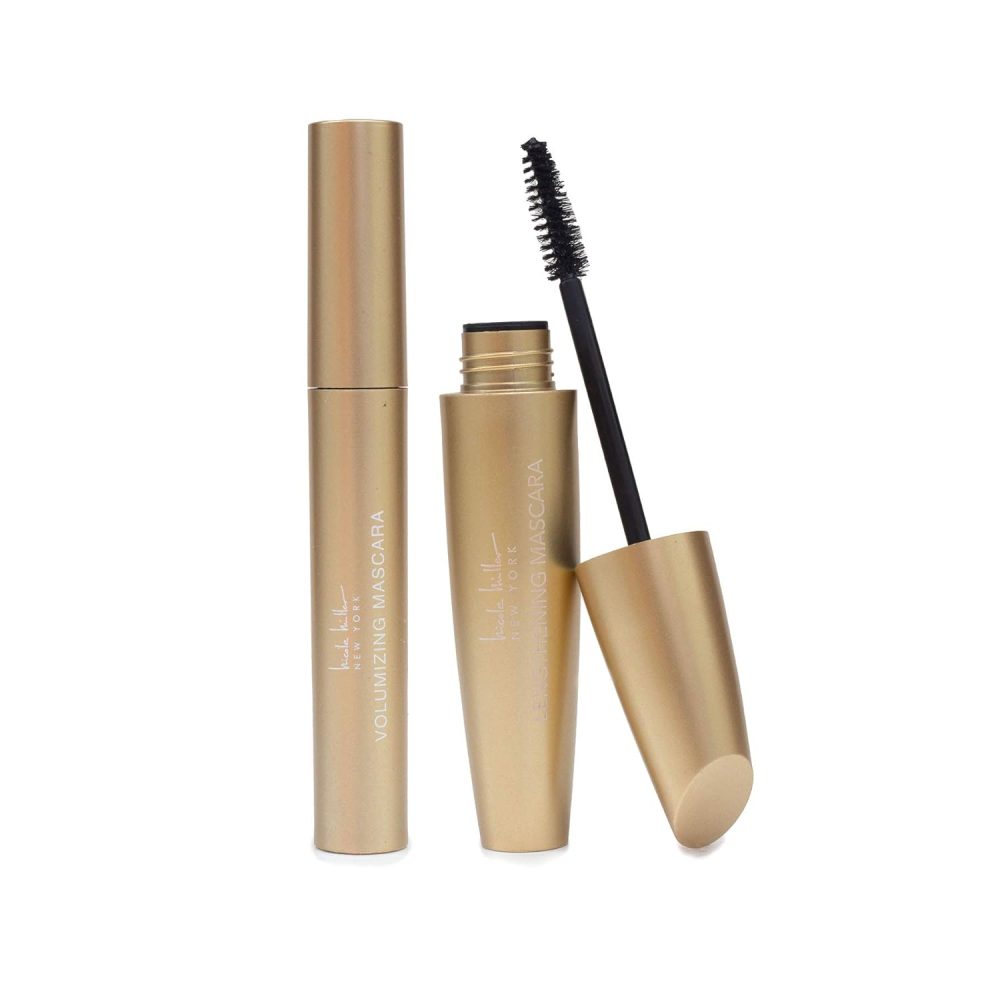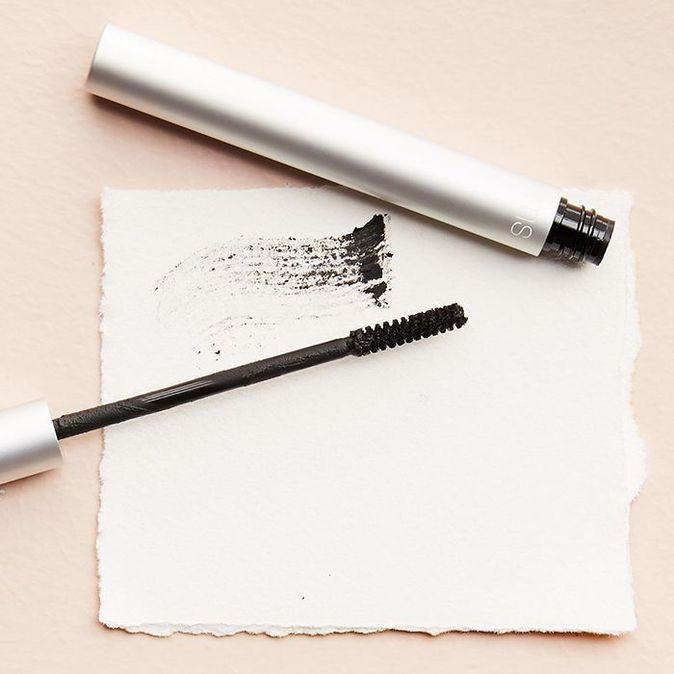Introduction
Mascara is a critical component of eye makeup routines for many individuals. The right mascara can enhance your lashes, making them look fuller and longer while accentuating your eyes beautifully. However, there is a crucial aspect of mascara usage that many people overlook: the expiration date. How often to change mascara is not just a matter of makeup performance; it’s also about eye health. Unfortunately, many users remain unaware of the recommended lifespan of mascara and the potential risks of using it beyond its prime.
In this article, we will explore the best practices for mascara maintenance, how to recognize when it’s time to toss that tube, and emphasize the importance of eye safety. By understanding how often to change mascara, you can ensure that your makeup routine remains safe and effective.
How Often to Change Mascara
The General Rule of Thumb
The common guideline for changing mascara is every three to six months. This timeframe helps maintain the quality of the product, ensuring that it performs at its best while minimizing the risk of eye irritation or infection. However, personal habits and usage frequency can affect this range. For example, if you use mascara daily, you may want to lean towards a three-month timeline.
Variations Based on Mascara Types
Not all mascaras are created equal; variations exist based on formula and type. Here’s a brief breakdown:
– Regular Mascara: Typically lasts three to six months.
– Waterproof Mascara: Often contains more chemicals and preservatives. It may last slightly longer, but it’s crucial to monitor its texture closely.
– Organic or Natural Mascara: These products usually have fewer preservatives, so they may need to be replaced sooner, often around three months.
When choosing your mascara, consider its formulation and how that affects its lifespan. Following the general timelines for different types helps ensure that you prioritize both performance and safety.

Signs Your Mascara Needs to Be Replaced
Knowing when to change your mascara can prevent various eye-related health issues. Here are some common indicators that your mascara has reached the end of its life:
Changes in Consistency
One of the first signs that mascara is past its prime is noticing changes in consistency. If your mascara becomes clumpy or dry, it’s time to replace it. Fresh mascara should glide on smoothly, while outdated products can lead to uneven application and flakes.
Changes in Smell
Another key indicator is an unpleasant odor. If your mascara develops a strange smell, it is likely harboring bacteria. Using compromised products can lead to irritation or infections.
Irritation or Discomfort
If you experience irritation, stinging, or discomfort while applying mascara, it might be a sign that your product has expired. Listen to your body; your eyes should feel comfortable during and after makeup application.
Changes in Color or Texture
Be mindful of any radical discoloration or textural changes in the formula. If the mascara appears darker, lighter, or has an unusual texture, it is best to discard it.
Recognizing these signs early will help maintain your eye health while ensuring that you always have an effective mascara on hand.
Health Risks of Using Expired Mascara
Using old mascara can pose serious health risks. The sensitive area around the eyes can easily react to expired products. Here are some potential dangers:
Eye Infections
One of the most concerning issues related to expired mascara is the risk of eye infections, such as conjunctivitis. Bacteria can grow in old mascara, leading to infections that can cause pain, redness, and discharge. Serious cases may require medical treatment.
Allergic Reactions
Old mascara may contain ingredients that can lead to allergic reactions, resulting in itchy, red, or swollen eyes. Symptoms can range from mild irritation to more severe reactions that require medical intervention.
Spread of Bacteria
Using mascara beyond its expiration can spread bacteria from the applicator to your eyes. If you have shared mascara with someone, even temporarily, it’s crucial to be cautious. Using disposable applicators in such situations can help mitigate risks.
Importance of Eye Safety
Eye safety should always be a priority for any makeup user. By following guidelines on how often to change mascara and ensuring that your products are fresh, you can significantly reduce the chance of eye-related issues.

Best Practices for Mascara Storage and Use
Proper storage and usage of mascara can greatly extend its life and maintain its integrity. Here are some tips:
Keeping the Cap Tightly Closed
Ensure that the cap of your mascara is always tightly closed after use. This practice helps prevent air from entering the tube, which can dry out the product. It also minimizes the risk of bacterial growth.
Avoiding Pumping the Wand
Pumping the wand in and out of the tube introduces air, causing mascara to dry out faster. Instead, gently twist the wand to get the product and then apply. This method preserves the formulation longer.
Storing in a Cool, Dry Place
Heat and humidity can affect mascara longevity. Store your mascara in a cool, dry place away from direct sunlight. Doing this helps maintain the integrity of the formula.
Minimizing Contamination
When applying mascara, avoid touching the wand with your fingers or any surface to minimize contamination. Keeping the applicator clean ensures that your mascara remains safe for use.
These practices will not only help your mascara last longer but also protect your eye health.
Makeup Application Tips
While changing mascara regularly is crucial, applying it properly is equally important for achieving the desired results without compromising health. Here are some valuable makeup application tips:
Apply in Layers
Instead of applying multiple coats all at once, consider applying one layer, allowing it to dry before adding more. This technique helps achieve a fuller lash effect without clumping.
Use Disposable Wands
If you’re a makeup artist or share makeup with friends, use disposable wands. This practice prevents bacteria transfer and ensures a cleaner application for everyone involved.
Avoid Sharing Mascara
Ideally, never share your mascara. Even if you trust a friend, it’s difficult to control for cleanliness. Each person’s eyes carry different bacteria, so it’s best to keep your mascara to yourself.
Remove Mascara Properly
At the end of the day, make sure to properly remove mascara to avoid clogging your lashes and possible irritation. Use a gentle makeup remover specifically designed for eye makeup.
Following these tips ensures that your mascara application is both effective and safe.

Tips for Buying and Storing New Mascara
When selecting and storing mascara, it’s essential for the health of your eyes and the environment to make wise choices.
Choosing the Right Mascara
Selecting the right mascara is crucial for both eye safety and optimal performance. Here are a few tips:
- Opt for hypoallergenic brands if you have sensitive skin or eyes to reduce the risk of irritation.
- Consider waterproof formulas if you expect to encounter moisture or tears; otherwise, regular formulas are easier to remove.
- Check for eco-friendly brands that use minimal plastic in packaging or offer refillable options like Izzy Zero Waste Beauty.
- Pay attention to the brush type that suits your desired lash effect, whether it’s lengthening, volumizing, or curling.
Keeping Track of Mascara Lifespan
Knowing when to replace your mascara prevents the use of an expired product which can harm your eyes. Keep track of its lifespan with these simple strategies:
- Mark the date of opening on the mascara’s packaging or add a reminder in your calendar.
- Regularly inspect the mascara’s smell and texture; any off odors or clumping suggests it’s time for a new tube.
- Make storage conditions optimal — store mascara in a cool, dry place away from direct sunlight.
- Avoid pumping the wand in and out of the tube as it introduces air, which can dry out the formula and promote bacterial growth.
Implementing these practices ensures you always use safe, effective mascara while contributing to environmental sustainability.
